3 reasons why I’m excited to try Intel Meteor Lake laptops
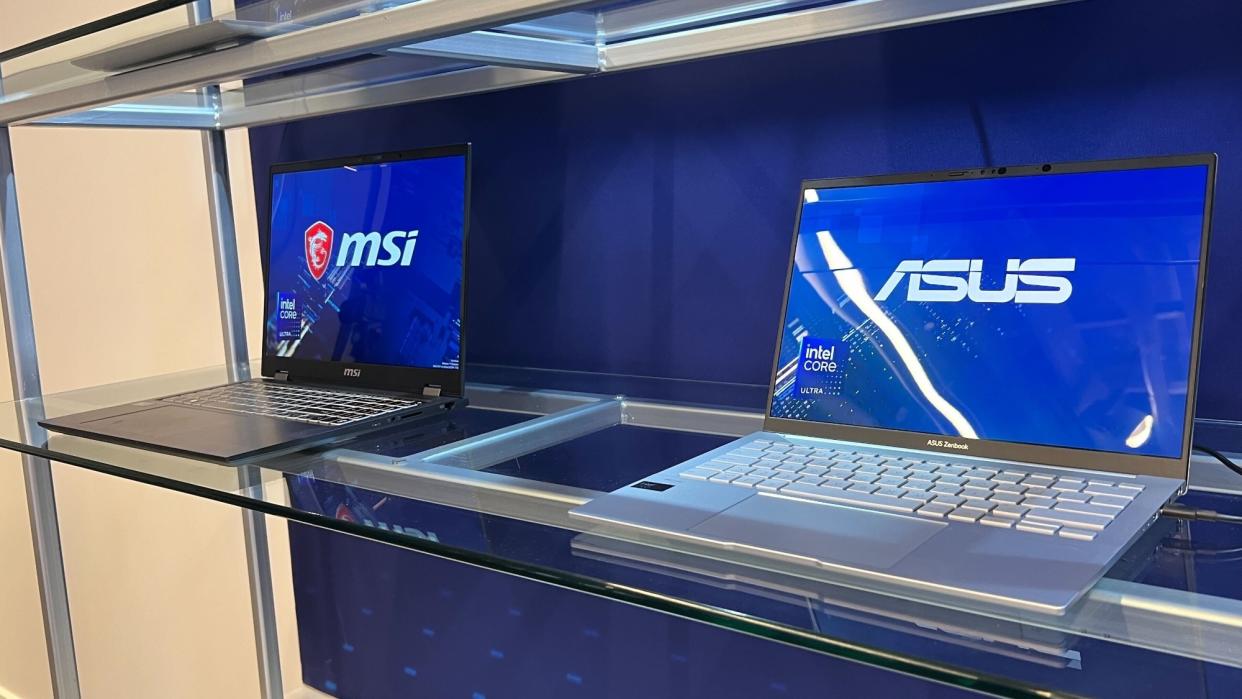
Intel Core Ultra “Meteor Lake” chips are here, along with a handful of laptops featuring the AI-focused processor. These “AI” laptops promise to streamline one’s workflow and perform AI tasks more efficiently than notebooks lacking Intel’s hot new CPU. If these machines live up to what’s been promised, they could wind up as some of the best laptops out there based on our testing.
Meteor Lake chips are built on a 4-nanometer process that makes them smaller and more capable than predecessors like the 7-nanometer Raptor Lake 13th Gen CPUs that Intel released in 2022. Intel Core Ultra chips have a new component called an NPU (Neural Processing Unit) that’s meant to handle AI workloads more efficiently than a CPU or GPU. This aspect is the main selling point of laptops packing a Meteor Lake chip.
I’m still not 100% sold on incorporating “AI” into my daily life — and not just because ChatGPT thought I was dead. However, I’m willing to give this technology a fair shot, especially if it can actually make my life easier. Based on what I’ve seen so far, these new AI laptops could be a big deal — here are three reasons why.
On-device AI
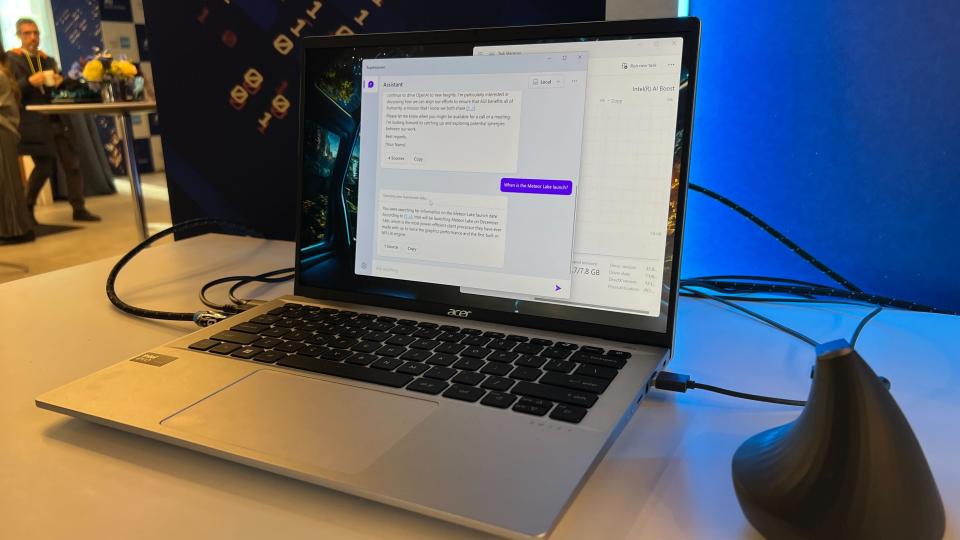
Intel Core Ultra chips are capable of performing on-device generative AI tasks more efficiently than processors without an NPU. This promises to not only generate text and images faster but also provide more security since you’re running everything locally instead of through cloud-based programs like ChatGPT or Stable Diffusion.
During Intel’s AI Everywhere event, I saw a demo of how fast the Meteor Lake chip’s NPU can help generate images. The presenter typed “spaceship leaving Earth’s orbit” into GIMP (via an AI plug-in), and in less than a second, an image got generated. Had this been on the cloud-based ChatGPT, the image would have taken much longer, based on my own time using OpenAI’s program.
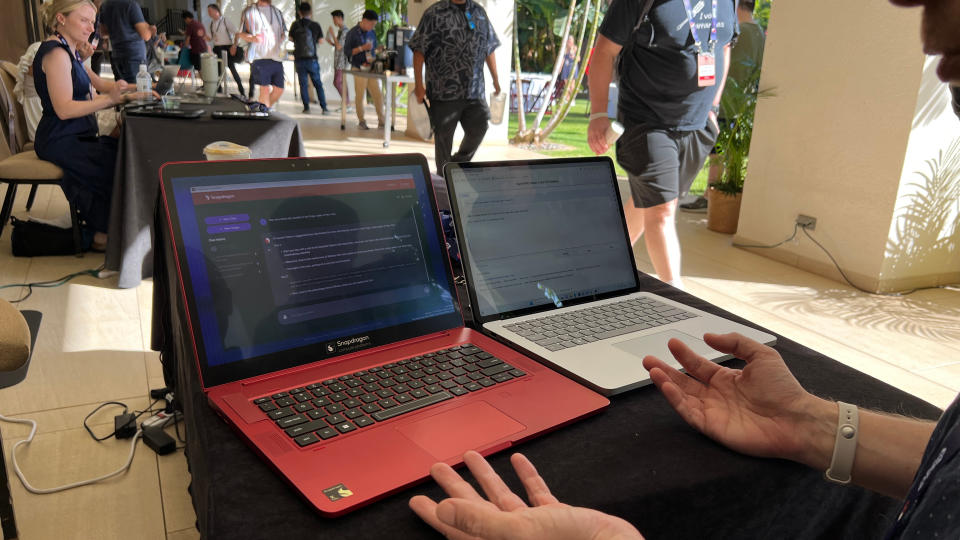
I had a similar experience at Qualcomm’s Snapdragon Summit in October where the company debuted its AI-focused Snapdragon X Elite chip, which also comes with an NPU. During a demo featuring a laptop with an X Elite chip and another with an Intel Core i7 CPU, the machine running on Qualcomm’s silicon generated an image of a cat with green eyes in an instant. In contrast, the notebook with Intel’s processor took about 20 seconds. This is a great demonstration of how fast an NPU can help a device generate images.
Another benefit to on-device AI is that you shouldn’t have to pay a subscription. This isn’t a guarantee, but I haven’t heard a single manufacturer I’ve spoken with ever bring up subscription services. If true, you might be able to unsubscribe from services like ChatGPT and generate text and images on your machine for free.
Apps with AI features
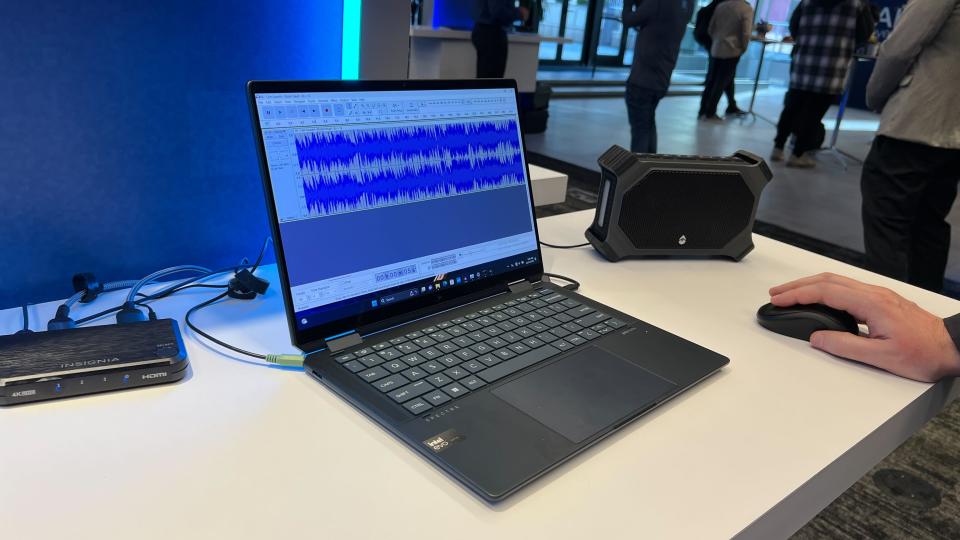
Several applications, including GIMP, Audacity, Zoom, OBS and more have been optimized to take advantage of Meteor Lake’s NPU. This should not only make the apps easier to use but potentially save you time and money — especially if you’re a professional who uses these apps for work.
During Zoom calls, Meteor Lake chips can better handle things like dynamic noise suppression on calls because the NPU can handle these tasks more efficiently than the CPU while freeing up the CPU to do other work. When using Audacity, you can write a prompt like “add EDM beat” and get the desired music track. GIMP also allows you to write prompts to generate images.
I frequently use GIMP and Audacity. Because of that, I’m curious to see how — or if — their AI features will make them easier to work with or deliver new capabilities.
Improved gaming
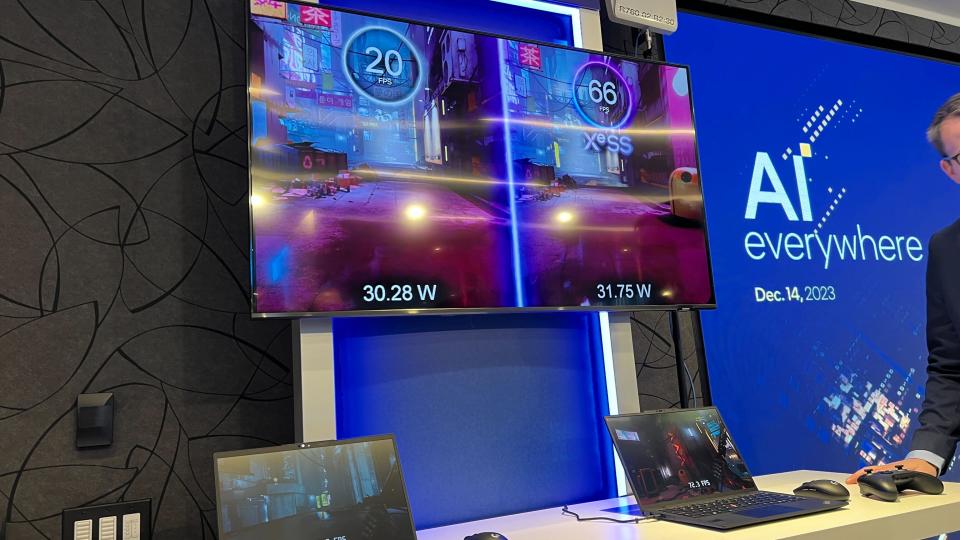
Trying to play the best PC games on a machine with an integrated GPU can be a dicey proposition. However, playing graphically demanding games on a Meteor Lake laptop might not be too horrendous, given how the new chip incorporates some of the same technology found in Intel Arc GPUs. That’s not to say you’ll get a comparable gaming experience to a machine packing a discrete GPU like an Nvidia GeForce RTX 40-series, but the graphical and performance gap might not be so wide on certain titles.
At Intel’s AI Everywhere event, I saw Ghostrunner 2 running on two laptops side by side — one with a 13th Gen Core i7 CPU, the other with an Intel Core Ultra 7 chip. The Intel Core Ultra laptop on the right in the photo above achieved higher FPS (frames per second) numbers. The big XeSS graphic is promoting Intel's XeSS supersampling tech, which works like Nvidia's DLSS to render scenes in a game at lower resolution than your display (so it can do the work faster and better), then use machine learning to "upscale" the scenes to the display resolution.
I should note that Ghostrunner 2 ran above 60 fps with DLSS enabled. Without it, the game dropped to around 40 fps. While that’s less than the 60 fps standard most gamers (myself included) want, it’s still twice as many frames as the laptop with a 13th Gen Intel Core CPU. Again, I don’t think these results will be universal for every game running on a Meteor Lake laptop, but the fact we’re seeing such results from an integrated GPU is impressive.

